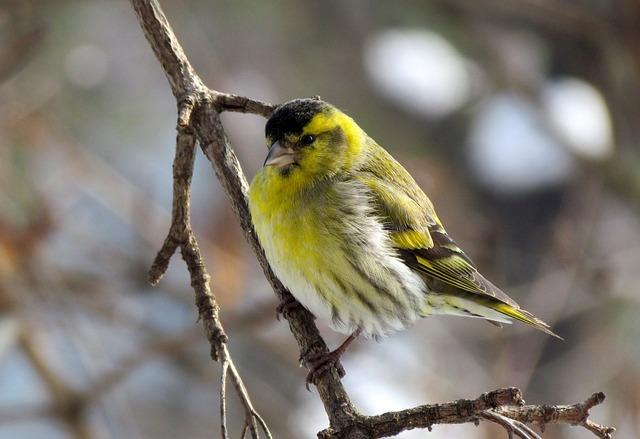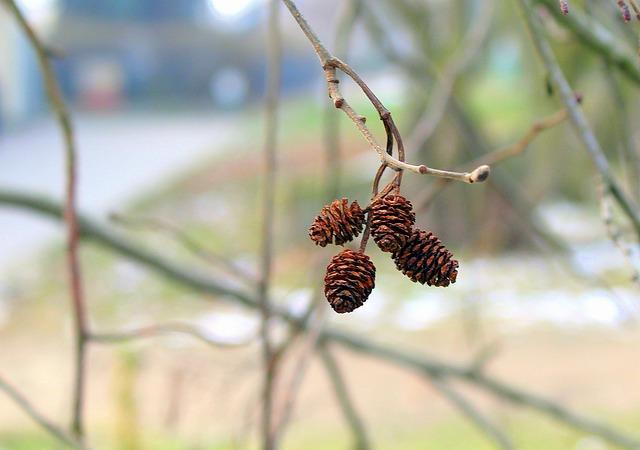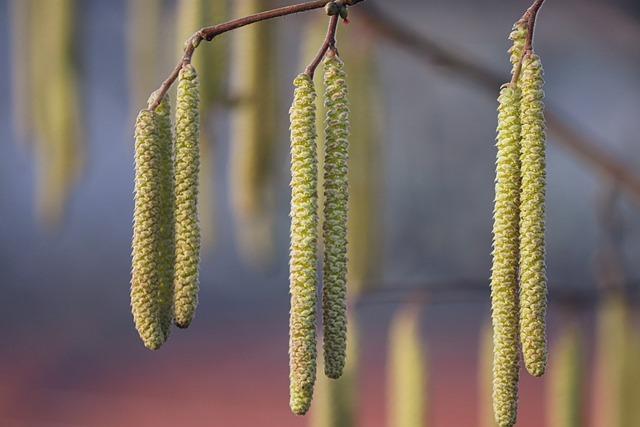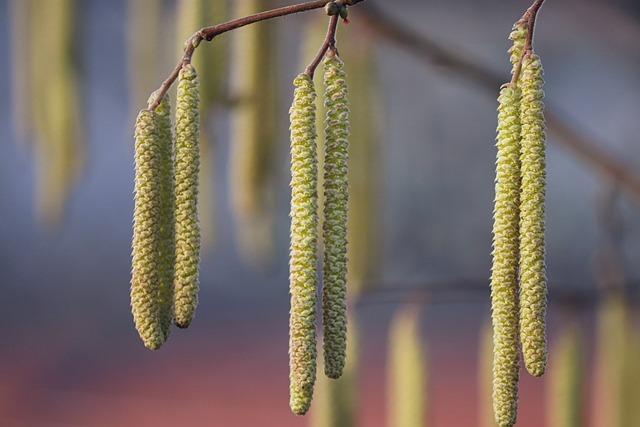Red Alder (Alnus rubra): A Comprehensive Guide
- Introduction to Red Alder
- Distribution and Habitat of Red Alder
- Physical Characteristics of Red Alder
- Uses and Economic Importance
- Ecological Role and Importance in the Environment
- Conclusion
- FAQs
- References
Introduction to Red Alder
The Red Alder, scientifically known as Alnus rubra, is a significant species native to the western coast of North America. Valued for its ecological properties, rapid growth, and uses in industry, this tree thrives in various regions, making it a crucial component of many ecosystems. In this article, we will explore its distribution and habitat, anatomical features, economic utilization, and key roles in the environment.
We will also delve into how it benefits different species and provides sustainable solutions in forestry. Finally, we’ll answer common questions about Red Alder's care and usage before wrapping up with helpful resources on where you can learn more.
Distribution and Habitat of Red Alder

(Image: Pixabay/@zinka)
Red Alder trees are commonly found along the Pacific coast, stretching from Southern California to Southeastern Alaska. Although this species flourishes along the coast, it also extends inland to limited extents, reaching parts of Idaho and Montana. The tree predominantly grows in moist, nutrient-rich soils, particularly near streams, rivers, and wetlands. These conditions allow it to rapidly establish a sturdy root system, making it a pioneer species in disturbed areas.
Notably, Red Alder has a symbiotic relationship with nitrogen-fixing bacteria, allowing it to enrich the soil and support other plant life in previously barren or eroded landscapes. Alders thrive in low-elevation forests but can grow in elevations up to 4,000 feet depending on their location.
In disturbed habitats where other trees struggle to take root, Red Alder often dominates early succession stages, preparing the ground for later-generation species.
Physical Characteristics of Red Alder

(Image: Pixabay/@_Alicja_)
Red Alder trees typically range from 40 to 80 feet tall at maturity, although in exceptional cases, they reach beyond 100 feet. They have smooth, grayish bark when young, which becomes mottled with age due to lichen growth and natural shedding. The tree's leaves are ovate and roughly 2 to 6 inches long, with serrated edges. Unlike many other deciduous species, Red Alder leaves retain a distinct green color throughout the growing season until they shed during autumn.
The flowers emerge as catkins, with male catkins being longer and shown earlier in the spring. This arrangement aids wind-pollination, a key dispersal mechanism for Red Alder. After pollination, the tree develops small, cone-like fruits that help distribute seeds over wide areas. Given their rapid growth rate (up to 3 feet annually in ideal conditions), alder trees quickly restore tree cover in clear-cut or burned areas.
Despite its name, Red Alder's wood is typically light-colored, ranging from pale brown to pinkish hues once processed.
Uses and Economic Importance

(Image: Pixabay/@manfredrichter)
Red Alder wood is highly regarded in the North American furniture and cabinet-making industries due to its ease of workability, attractive grain, and ability to accept stains that mimic cherry or walnut woods. Thanks to these qualities, it became an essential hardwood in crafting fine furniture, musical instruments, and specialty products, such as veneering and composite wood manufacturing.
Historically, indigenous communities harvested Red Alder bark for its medicinal properties and utilized the wood to fashion tools, homes, and ceremonial objects. The inner bark was often used as a red or orange dye in traditional textile work.
The versatile nature of Red Alder, coupled with its relatively quick maturation (20-40 years), makes it a sustainable choice for timber production, enabling foresters to reduce pressure on slower-growing old-growth species.
Ecological Role and Importance in the Environment

(Image: Pixabay/@Nennieinszweidrei)
One of the main ecological benefits of Red Alder is its nitrogen-fixing ability. Partnering with bacteria called Frankia in its root systems, alder trees convert atmospheric nitrogen into forms necessary for plant growth, enhancing the fertility of surrounding soil. As a result, Red Alder plays a critical role in forest succession, helping prepare the landscape for the establishment of more demanding trees like Western Red Cedar and Douglas Fir.
Moreover, Red Alder provides a valuable food source for various animals. Its seeds, buds, and leaves attract birds, insects, and small mammals. Additionally, mature alder stands create shaded riparian buffers that regulate water temperature in streams - a crucial factor for maintaining healthy fish populations, including salmon species.
Beyond their ecological significance, these trees reduce erosion on riverbanks and flood plains by stabilizing the soil with their extensive root networks. By offering shelter to wildlife and improving soil texture, Red Alder serves as a keystone species that fosters biodiversity and forest health.
Conclusion
Red Alder holds a remarkable position in both ecological and economic circles. Its ability to revitalize damaged landscapes and support biodiversity makes it invaluable in modern forestry. Coupled with its aesthetic and practical uses in woodworking, it's clear why Red Alder continues to be cherished across North America.
Whether you’re interested in its role in habitat restoration, commercial timber production, or simply its beauty in nature— Red Alder exemplifies the intersection of sustainability and utility. No wonder, then, that it remains a preferred tree species for reinforcing environments and supporting timber industries alike.
FAQs
Where do Red Alder trees grow best?
Red Alder trees thrive in moist, nutrient-rich areas, particularly along the coastal regions of the Pacific Northwest. They are commonly found near streams, river banks, and wetlands, where they aid in soil stabilization and enrichment.
What makes Red Alder beneficial for soil?
Red Alder has the unique ability to fix nitrogen in the soil with the help of symbiotic bacteria, improving its fertility. As a pioneer species, this ability allows it to prepare disturbed or degraded soil for the growth of other plants.
What are the primary uses of Red Alder wood?
Red Alder wood is favored in furniture making, cabinetry, and musical instrument manufacturing. Its light, workable quality and ability to mimic more expensive woods like cherry or walnut make it a versatile and cost-effective option.
Is Red Alder considered an invasive species?
No, Red Alder is not considered invasive. It's a native species to western North America and plays an important part in the natural ecosystem by enriching the soil and supporting flora and fauna.

